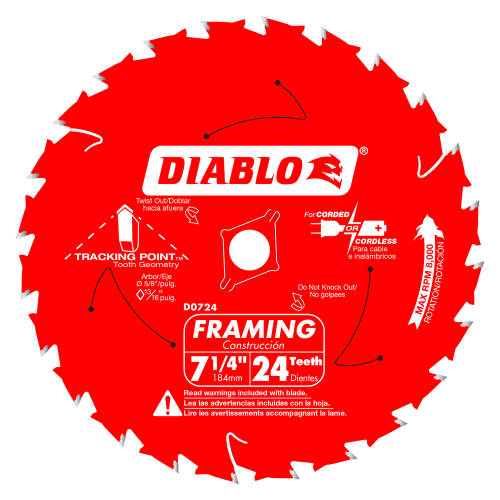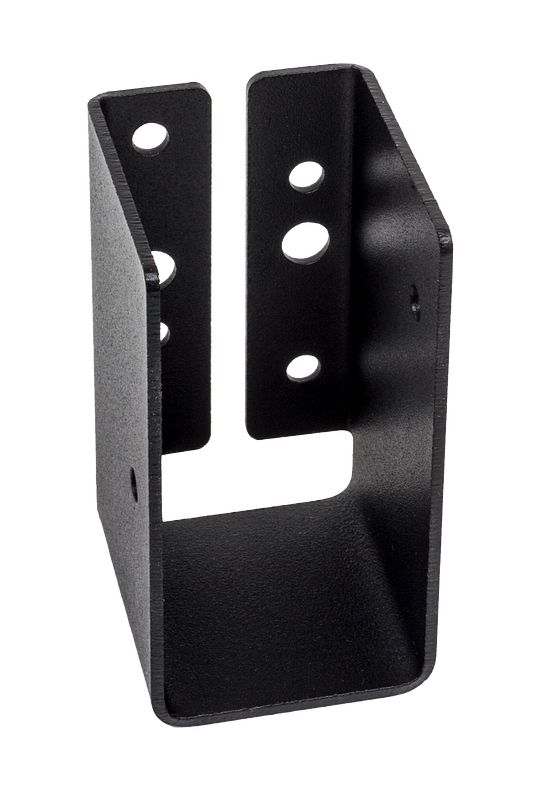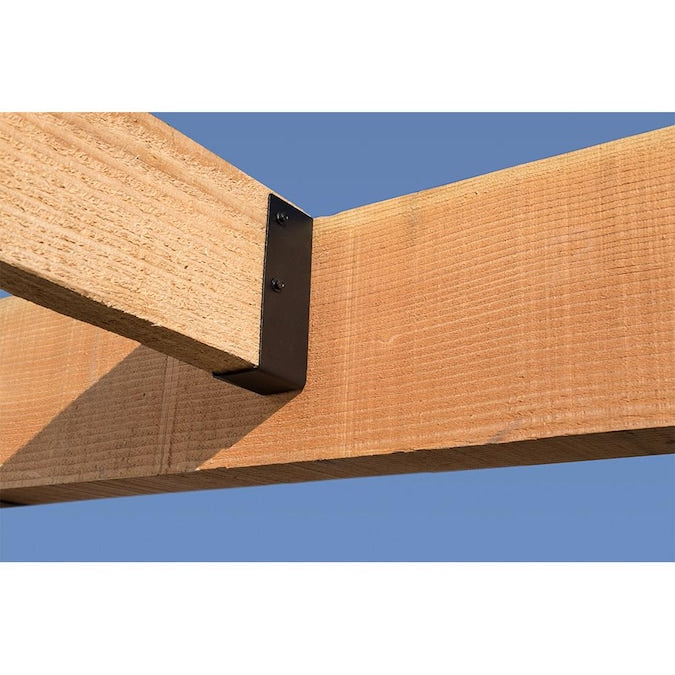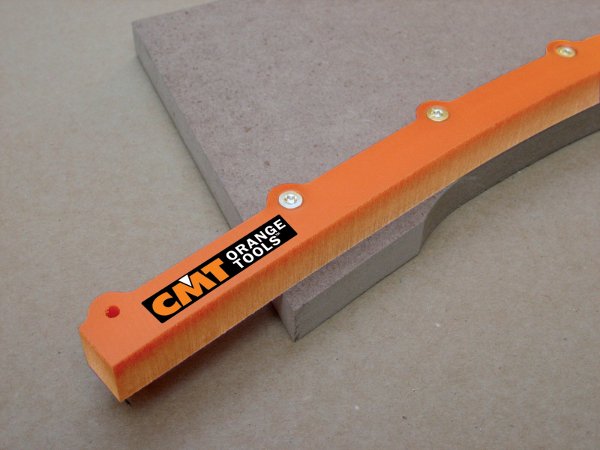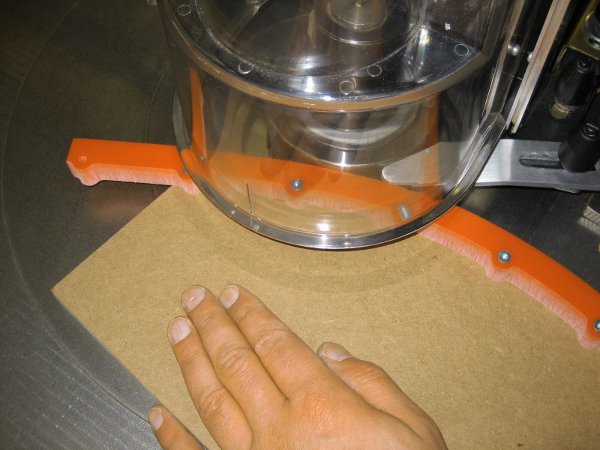Proper foundation anchor bolts spacing is a critical element in construction. Without correct placement, structures may experience uneven loads, compromising their integrity over time. The right spacing ensures even load distribution, providing stability to both small projects and large-scale buildings. Ensuring accurate placement is not just about following guidelines but about creating a foundation that holds strong under pressure.
Determine The Correct Bolt Spacing for Load Distribution
The spacing of foundation anchor bolts plays a direct role in distributing the load across the foundation evenly. If bolts are placed too close together, stress concentrates at those points, leading to structural weaknesses. On the other hand, placing them too far apart risks underutilizing the bolts' load-bearing capacity. Engineers must carefully calculate the proper distance between bolts to ensure the weight is carried effectively, preventing potential shifts or cracks in the foundation over time.
Follow Building Codes for Anchor Bolt Placement
Compliance with building codes is essential when installing foundation anchor bolts. These codes provide strict guidelines on how far apart bolts should be placed to meet safety standards. Each region may have its own specific requirements based on local environmental factors, like wind and seismic activity. Following these codes ensures that your structure will pass inspections, reducing the risk of costly modifications down the line and ensuring safety and durability.
Consider Foundation Type for Bolt Spacing Guidelines
The type of foundation being used significantly influences the recommended anchor bolt spacing. For example, a poured concrete foundation might allow for wider bolt spacing compared to a block foundation, which may require more closely spaced bolts. Soil type and load requirements also affect these guidelines, meaning a thorough assessment of the foundation is crucial for making the correct spacing decisions. Skipping this step can result in an unstable base that might fail under pressure.
Ensure Proper Depth for Anchor Bolt Placement
Anchor bolts must be installed at the correct depth to function effectively. Incorrect depth can cause the bolt to lose its grip, weakening the connection between the foundation and the structure. The depth requirements vary depending on bolt size and material, as well as the specific demands of the project. Engineers must carefully measure and verify that the bolts are deep enough to secure the foundation, ensuring a strong, reliable connection over the long term.
Check Anchor Bolt Alignment Before Final Installation
Before securing anchor bolts in place, it is crucial to verify their alignment. Misaligned bolts can lead to difficulties during the assembly of the structure, potentially requiring costly rework or adjustments. Checking the position and orientation of each bolt ensures that they match the design specifications. Proper alignment is a simple but vital step in ensuring the bolts will provide the support needed once the foundation begins bearing the full weight of the structure.
Find Simpson Strong-Tie Anchor, and Factory Direct Supply Bolts
At Factory Direct Supply, we offer high-quality construction supplies like the Simpson Strong-Tie Wedge Anchor to ensure secure foundations as well as a wide range of bolts designed to meet industry standards for strength and reliability. Whether you’re reinforcing a foundation or securing critical components, these bolts will offer the durability you need. Rely on our wide selection and expertise to ensure every bolt is properly spaced and installed for optimal security.


